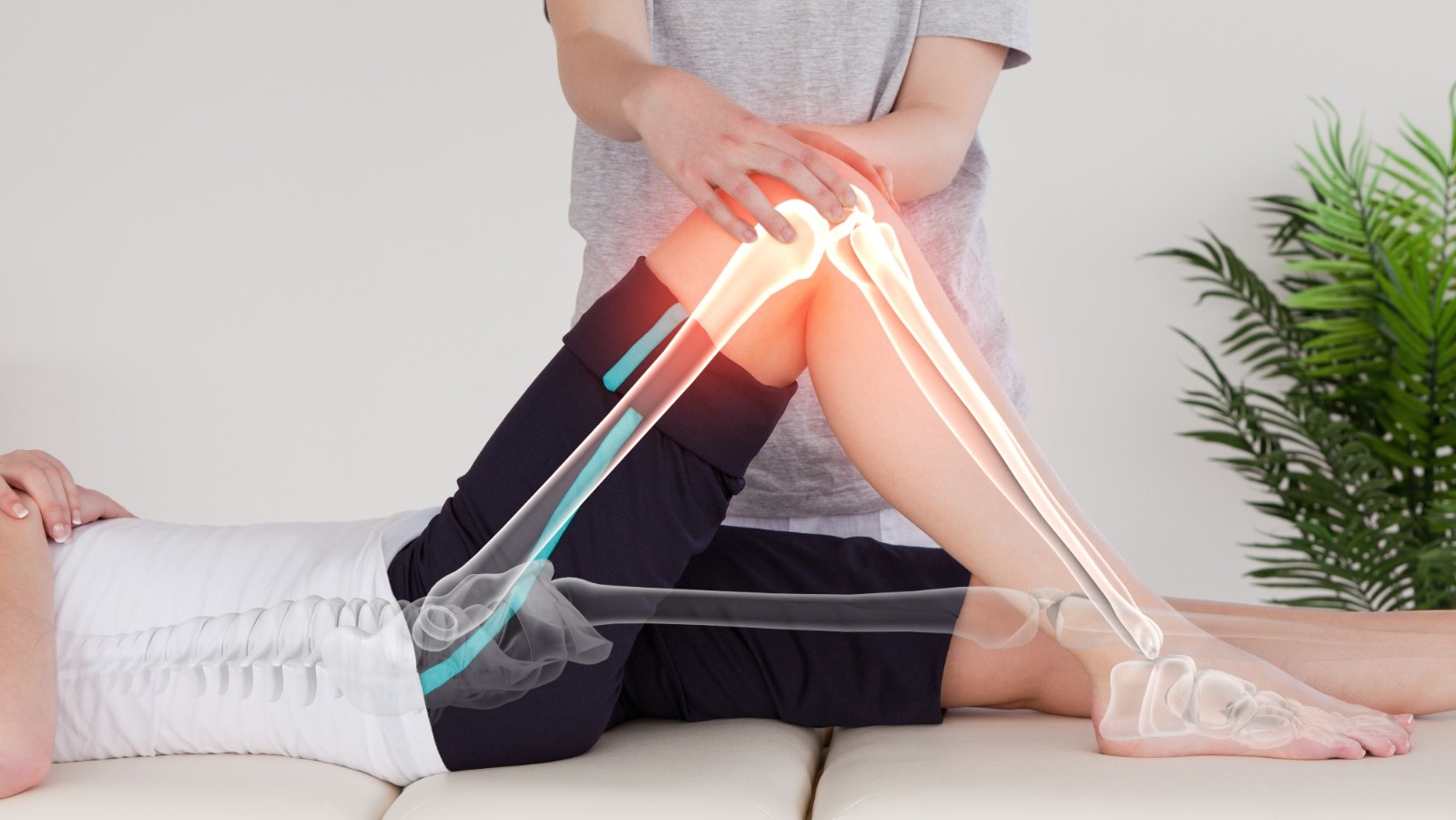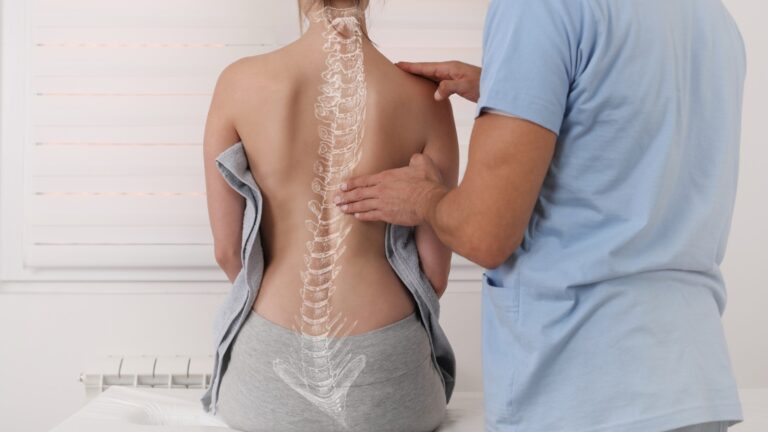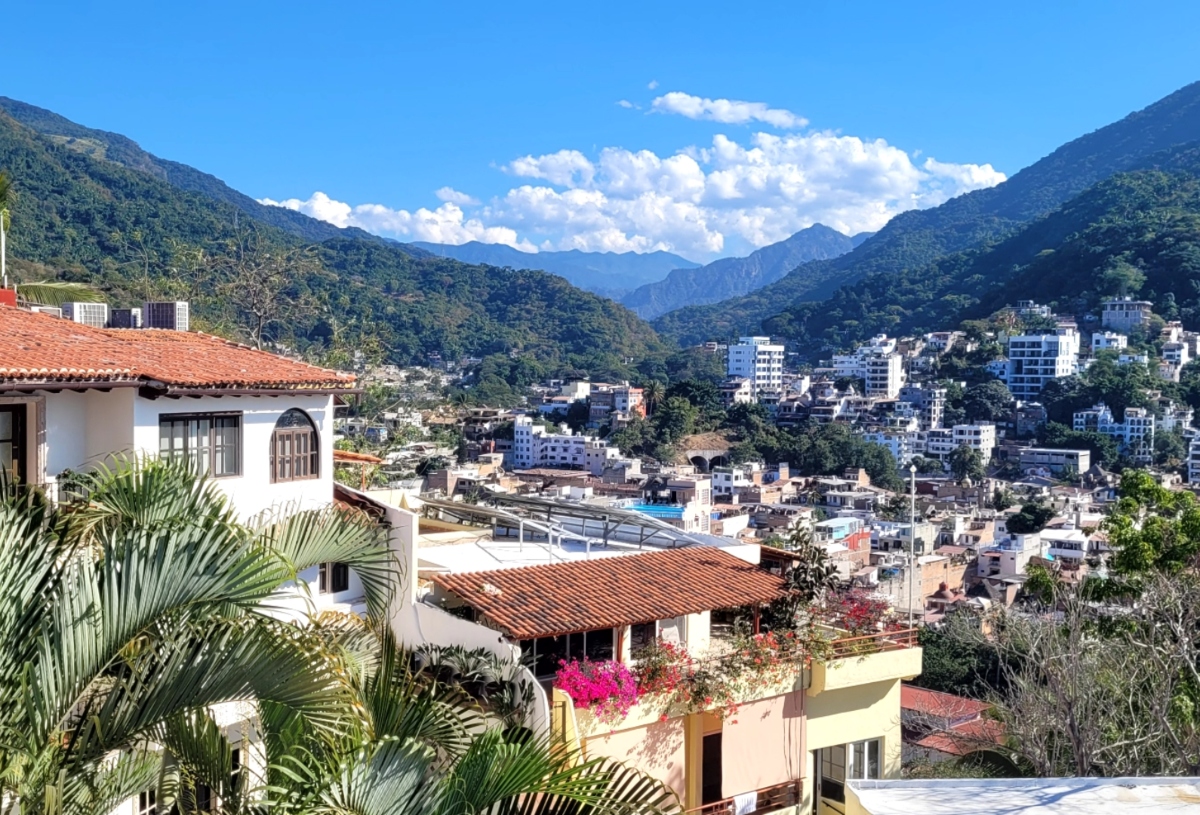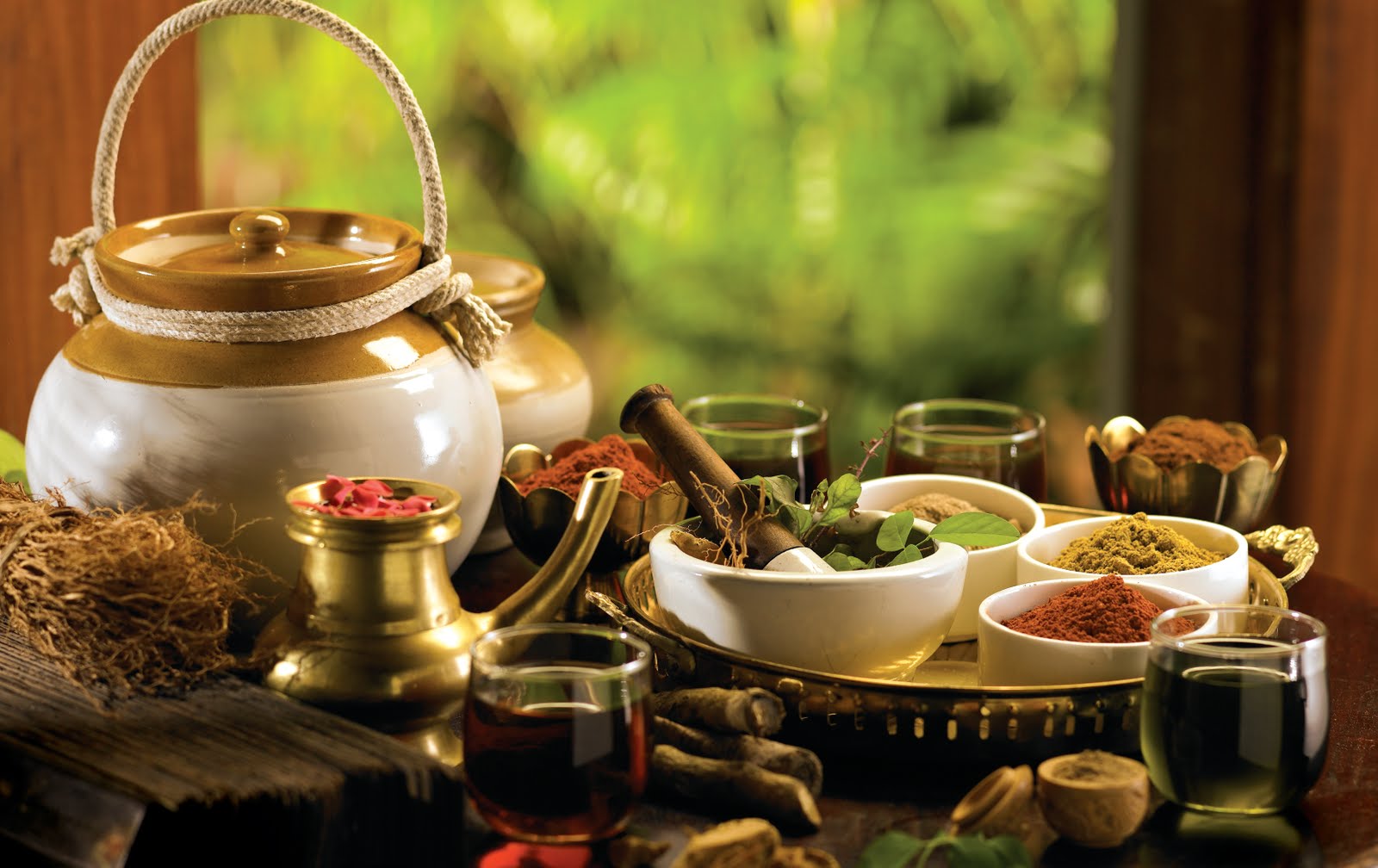
Hospiten tells us about bone health
February 03, 2023
Our bodies depend heavily on the function of our bones. Bones sustain our body and guard our critical organs in addition to providing structural support. They serve as the anchor for the ligaments, tendons, and muscles that support the motion. They are the principal calcium reservoir (an essential element for different functions of almost all the cells in our body).
Because of this, the best time to care for our bones is in the first twenty years of life, when it is still possible to impact peak bone mass. We develop up to 50% of our skeletal bone mass during childhood and puberty, and even after we have attained our adult height, this process continues until we reach peak bone mass in our 20s and 30s.
What is peak bone mass? It is the amount of bone tissue that we achieve after completing the maturation process of our skeleton. And why is it important? Because it is the amount of bone we have in reserve (in the bank) with which we start.

As a result, we would gradually lose bone until a determining factor, such as an illness or medication (which hurts the bone), or a physiological process, such as menopause, would further accelerate this process by causing us to lose more bone density.
Some suggestions might help us build up our strength and prepare properly.
-
Keep a healthy diet
It is recommended to consume calcium-rich foods, which should preferably be included in the diet. For example, with dairy products and derivatives, especially if fortified; in some countries, items such as juices, cereals, and soya milk are fortified.
Calcium pills may be beneficial for individuals who are unable to consume calcium due to lactose intolerance, an allergy to cow’s milk protein, or simply dislike calcium-containing goods. Although calcium is vital for bone health, appropriate vitamin D levels are required for optimal absorption.
The major source of vitamin D is sunlight, but we may supplement our diet by eating salmon, trout, tuna, or various types of food such as mushrooms or cereals, among others.
-
Maintain a healthy weight
Neither weight extreme is desirable, especially crucial in women.
Very thin women with a body mass index of less than 18 (due to a low-calorie diet or excessive physical activity) may have low estrogen levels that are insufficient to maintain a balance between bone creation and destruction, placing them at risk of fracture.

-
Limit your coffee and alcohol consumption
Tobacco has long been known to be hazardous to bone mineral density, but the effects of alcohol and caffeine are less well understood.
How much alcohol is considered hazardous to the bones? This would be more than one drink per day for women and men over the age of 65, and more than two drinks per day for men under the age of 65.
More than half a liter of coffee every day would be damaging to our bones. It will depend on where you live and the number of cups you mean. In Europe, for example, a cup of espresso holds 60 milliliters, a cup of cortado 125 milliliters, and a cup of cappuccino between 150 and 200 milliliters. In contrast, a breakfast cup in America can hold up to 250 milliliters, a teacup 150 milliliters, and a teacup 100 milliliters.
-
Engage in regular physical activity
Exercises that exert a bigger load – a greater strain – on our bones than daily activities are the best for maintaining good bone density. Endurance exercises such as dancing, jogging, step aerobics, or weight-bearing aerobics, for example, have been demonstrated to be more useful in boosting bone mineral density than more commonplace activities such as walking. However, the physical activity that each individual will engage in will be influenced by the presence of other conditions that the person suffers from.
-
See a doctor for an evaluation
We should see a doctor if we have symptoms or have been diagnosed with a disease that prevents proper calcium absorption, such as celiac disease, some malabsorption problems as a result of diseases or surgeries for the treatment of some ailments, such as inflammatory bowel diseases (Crohn’s disease and ulcerative colitis), or the use of certain medications known to have negative effects on bone, such as corticosteroids used by asthmatic patients.
If in doubt, it is best to visit a doctor to take suitable measures on time, rather than when osteoporosis has already developed.
Information is power
Knowledge is power. Today we know the role of genetics on bone mineral density. Thus, Asians have a lower bone mineral density compared to Caucasians. African Americans appear to have higher levels of bone density than Caucasians.
It is clear that we cannot modify genetics, but we can use all this information to determine what type of risk we may be at and take all the measures that can be modified and be better prepared to strengthen our bones for later on.
#HospitenMexico #HospitenPuertoVallarta
#HospitenLosCabos #HospitenCancun
------ADVERTISEMENT------
------ADVERTISEMENT------
------ADVERTISEMENT------
------ADVERTISEMENT------


